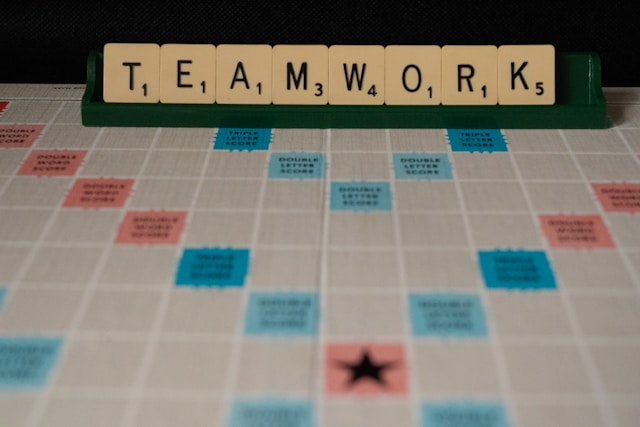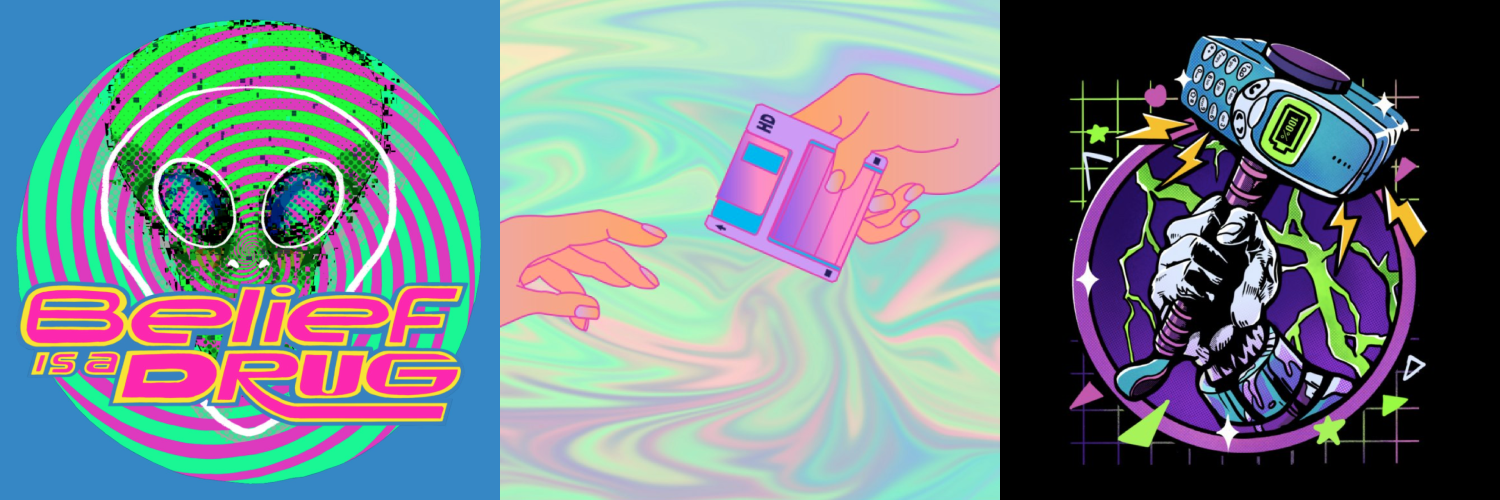In the UX field, Agile work methods are growing in popularity. But how can you make the Agile mindset work for your team? You need a leader who can steer everyone in the right direction. So, what is a scrum master, and why are they necessary?
We’ll explore all that and more today, including how you can become a professional scrum master.

Scrums and Agile Project Management
First, a crash course on Agile methodologies. Agile project management is all about workloads for software development projects. It works well for any project that requires iteration and incorporating feedback, such as UX/UI design. Your team needs to be flexible (or agile) in these areas.
There are 12 Agile principles, all of which center on being flexible, productive, and efficient. They also aim to get the best result for the end customer. It works fantastically for complex projects that are ongoing. Crucially, there are two Agile methods: kanbans and scrums.
In a scrum, the team can focus intently on a task (called a sprint) before moving on to the next. Slowly, everything comes together to form the final project.
However, for the scrum to work, there needs to be different team members who manage different parts of the project. This includes the scrum master, who keeps everyone on track. That way, you can more accurately achieve the sprint goal.
What Is a Scrum Master?
Essentially, a scrum master leads a scrum team. Sounds simple, right? On a day-to-day basis, they keep an Agile team focused on the scrum principles and practices. Ideally, they can act as servant leaders thanks to their great people skills.
There’s a lot of overlap here between this role and that of a project manager. However, the latter is a more non-technical counterpart. A scrum master may actively assist the team in completing the project, while managers often just oversee tasks. That’s the main difference: scrum masters concentrate on the team while managers concentrate on the project.
Additionally, there are certain parallels with product managers, who occupy another role on the scrum team. Like product owners, product managers focus on the output and customer needs. They focus on the ‘why’ and ‘what’ of the product. Scrum masters primarily focus on the ‘how’ of creating it.

The Roles and Responsibilities of a Scrum Master
A scrum master wears many hats and has a lot of responsibilities. Primarily, they need the relevant soft skills and empathy to deal with people closely. This includes managing interpersonal dynamics and conflict resolution.
This is what the role looks like from day to day.
1. Sprint Planning Meetings
Daily meetings give the team everything they need to know for the coming day. Here, the team decides which items to prioritize from the product backlog. Notice that we said “the team”–this isn’t just the job of the scrum master. It’s collaborative.
The meeting typically involves:
- Deciding on the next sprint.
- Confirming estimates for items on the sprint product backlog.
- Assessing team capacity.
The master’s job here is to keep the meeting on track and speak up with their ideas.
2. Daily Stand-Up Meetings
There are also daily scrums and meetings among the core team. Stand-up meetings ensure that everything moves quickly, not distracting from the sprint itself. The master facilitates these meetings to keep people on task. Typically, they aim to find out what the team is working on and what obstacles are in the way. You should also figure out how to address them.
3. Problem Solving
Product development is rarely simple. There are problems to address every day, and this task falls to the scrum master. As the Agile team leader, they aim to ensure that the project moves as quickly as possible. So, the job involves solving any issues that arise to make things easier for the other team members.
4. Assisting With Product Backlog
A key part of the scrum methodology is that it’s all hands on deck when it can be. So, alongside managing the project, the scrum master can knuckle down and get involved when they have spare time.
They might participate in feature design, bug fixes, knowledge acquisition, wireframing, and more. Any way that you can help your team is ideal!
5. Conducting Retrospectives
After each sprint, there’s a retrospective. This review looks back on the sprint to figure out what went well and what didn’t. Taking this time means the team can learn how to improve in future sprints, making the process even more efficient.
The master can ask:
- How did you do this sprint?
- What went wrong in this sprint?
- Which tools or techniques were useful?
- If you could change one thing, what would it be?

What Is a Certified Scrum Master?
In theory, anybody within the team can become a master if they understand the scrum framework. However, there is even such a thing as a professional scrum master.
So, what is a certified scrum master (CSM)? This widely-recognized certification demonstrates your basic understanding of Agile and Scrum methodologies. It’s the ideal course for beginners because it teaches you all the basics of Agile methodology.
You can get certifications other than CSM, though. We’ll explain some of these other courses below.
Getting a Scrum Master Certification
Several organizations offer these certifications. You can get your Scrum master certification from the Project Management Institute or the Scrum Alliance. Notably, each one offers different types.
Before you do, though, you need to consider the different types of certification.
- Disciplined Agile Scrum Master: This certification focuses on the comprehensive application of Agile principles and is for those who operate in complex, enterprise-level businesses.
- CSM: Provides a comprehensive knowledge of scrum basics and team collaboration.
- Professional Scrum Master (PSM): Provides deeper insights into Agile theory. If you want to understand the methodology in more detail, this will help you do that.
- SAFe Scrum Master (SSM): This certification is for complex organizations using the Scaled Agile Framework (SAFe).
It’s important to choose the right option for you if you’re serious about this career. Once you have a certification, you can confidently and efficiently lead teams within your organization.
How To Become a Scrum Master
If you have certain skills, you might be perfect for a career in scrum mastery. You’ll need effective communication and team management skills, both of which will help you lead and collaborate. In fact, many scrum masters were team leaders before. This role gave them the skills they needed to manage a diverse team.
Furthermore, you should be flexible and ready to adapt at a moment’s notice. After all, the Agile methodology is all about being ready to take on whatever challenges the day presents.
If this describes you, here’s how to become a scrum master.
1. Learn the Basics
Whether you teach yourself or take a scrum certification, you need to learn the ropes. Start by familiarizing yourself with the concept of Agile project management and how to do scrum.
While you don’t need a certification, it does prove your skills. It can be helpful whether you already have an employer or if you’re seeking a new job.
2. Take the Exam
You’ll need to take an exam to get the official certification. The exact process may vary depending on your course. Generally, you’ll get a multiple choice test with a pass mark of 60-85%.
If/when you pass, you’ll get your certification as a PDF. Congratulations–you’re officially a scum master!
3. Renew Your Certification
You need to renew your Scrum Master certification every two years, and you must pay a renewal fee.
Plus, depending on the organization, you may need to supply proof of “continuing education hours.” Basically, this means that if anything changes with scrum, you should be aware of it.
What Is a Scrum Master Salary?
If you’re thinking of becoming a scrum master, you might be curious about the pay. Of course, it can vary depending on your experience level, where you live, and your specific industry.
But what is a scrum master’s salary on average? Glassdoor estimates suggest that the base pay range is $97,000 to $137,000. However, there may be an additional cash compensation of around $22,064. Entry-level positions can start at a competitive salary, though. It’s worth keeping this in mind if you’re considering a career change.
Still, the Agile software development field can offer some great compensation.

Get into the Flow With Page Flows
Hopefully, this guide answered the question: what is a scrum master? You might now feel inspired to go and get your certification or simply to learn more about scrum. The next step is to apply your newfound techniques to make the best UX possible. But to do that, you’re going to need some additional design inspiration.
So, why not learn from proven products? Page Flows is a helpful resource for finding interaction design ideas. If you need ideas for features, UI interfaces, mobile patterns, and more, we’ve got it! Get started today to access our growing library of user flow recordings and finally stay up-to-date with current design trends.





